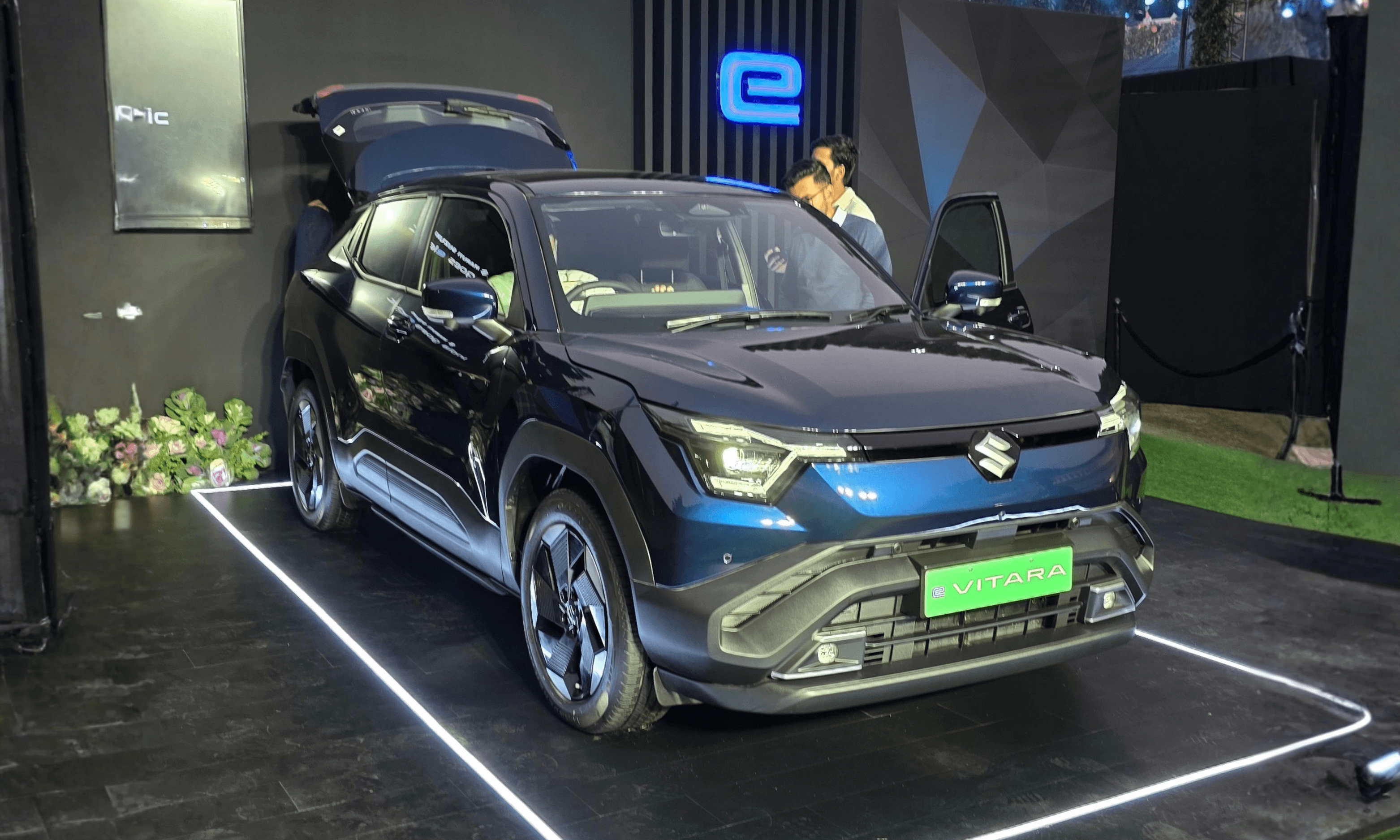Ideally, the BMS should have some identifier & failsafe to identify and address the issue before the compressor fails.
BHPian EV Fan recently shared this with other enthusiasts.
Root Cause for the Failure of Battery Cooling
The Control Module, which basically manages the entire cooling operation was unable to operate the expansion valve.
Without the expansion valve opening, the compressor was getting damaged.
The service team was diagnosing it only as a clogged-up expansion valve as they had experienced it before on another Kona but never knew it could happen due to a failed control module as well.
So while the required part – the AC Control Module was awaited they had salvaged parts from their Test Drive vehicle to get my vehicle in running condition.
And after 3 DC charging sessions, I am convinced that they have finally rightfully diagnosed the issue.
Now for the 4th & final round of fix for a saga that’s dragged on to the 5th month. And they are also supposed to fix the damages that happened when the vehicle was “sitting” in their service center.
Critical Misstep
If they had tested the vehicle with DC charging after the 1st round, then basically they could have saved me all the hassle and for themselves – 3 rounds of expansion valve + compressor replacements.
I also realized that Hyundai does not have any form of test/check for expansion valve or compressor, nor is it backed by some form of fail/safe or even a warning for the compressor.
Ideally, the BMS should have some identifier & failsafe to identify and address it before the compressor fails, after all it controls the cooling for the battery and that too NMC chemistry.
Apparently, no form of fix happened in the subsequent BMS updates, for a 5-year-old/mature product and a known issue.
No cut offs, No MID alerts, basically the only 2 identifiers are:
- Any form of DC Fast Charge throttling at charge levels below 80%. A 20/30 KW charging at a 50KW charger is a red flag. Gives you 10 minutes before the compressor blows and a loud grinding sound scares the hell out of anyone within the vicinity.
- Open the bonnet and check the expansion valve (supplying the battery cooling circuit) to see if it is cool. I don’t think I can do this check when the DC charging is happening but rather after. But by then we will get to know anyway, as the compressor would have already started howling).

I guess Hyundai is just taking the experience of us Beta testers for improving future products – no BMS updates for the existing ones.
Check out BHPian comments for more insights and information.






